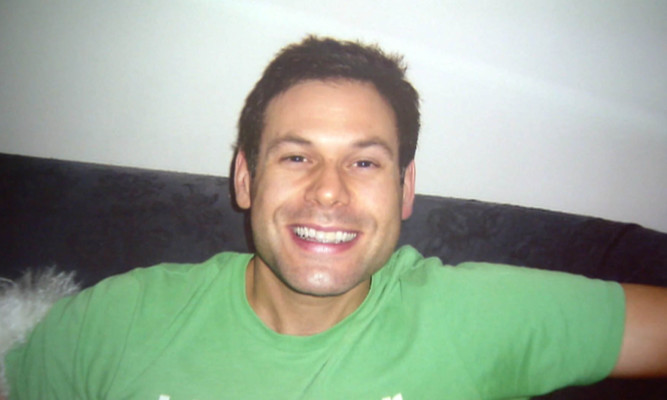A fire service report has identified “critical” changes needed in the wake of the death of a Kinross firefighter.
Ewan Williamson died in July 2009 after he was trapped during a blaze at the Balmoral Bar on Dalry Road in Edinburgh.
The Scottish Fire and Rescue Service was fined £54,000 last year after admitting health and safety breaches that were found to have contributed to his death.
The service has now published a report into the incident revealing a range of lessons and recommendations to improve safety procedures.
Included is the urgent need for a policy on the use of breathing apparatus, the tactical ventilation of buildings and improved communication during incidents.
The document also identified a need for risk management training and support for firefighters in stressful situations.
Mr Williamson, 35, was serving with Lothian and Borders Fire Service at the time of the summer blaze in the capital.
He was the first firefighter in the history of the division to die tackling a fire.
In conditions of zero visibility and extreme heat he became trapped after being deployed.
Alasdair Hay, Scottish Fire and Rescue Service chief officer, said there was a commitment to implementing all the recommendations contained in the report.
He added: “Moving to a single service gave us the unique opportunity to introduce the pan-Scotland programme in 2014 and since then we have been proactively learning from the past to improve firefighter safety in the future. We are making progress.”
“The role of a firefighter will always be inherently dangerous but this report will help us reduce potential risk through more effective procedures and a culture of continuous improvement.”
Chris McGlone, Fire Brigades Union executive council member, welcomed the report.
He said: “We are confident that, when fully implemented, the Safer Firefighter Programme will promote lasting improvements to the safety of firefighters not only in Scotland but across the UK.
“We believe that this report can be the start of that journey and will help us to achieve our shared aim that no firefighter should lose their life protecting our communities.”
A total of 19 recommendations were made by the Scottish Fire and Rescue Service and Fire Brigades Union.
